The article briefs you about subconscious effects of interior design tools, that transforms psychological waste and enable users of a space to pursue meaningful lifestyles in greater joy. It also invites you to access and use such tools and to get acquainted with the tools by letting us cross check the tools together.
Involving Yourself Silently
Below are examples on home interiors to different styles. Ignore here the obvious differences in styles. Though important, the drama consist of a deeper understanding that the interior works efficiently when the person(s) living there is connected with the interior. The better connected, wellbeing, relaxation, efficiency, and vitality is obtainable.

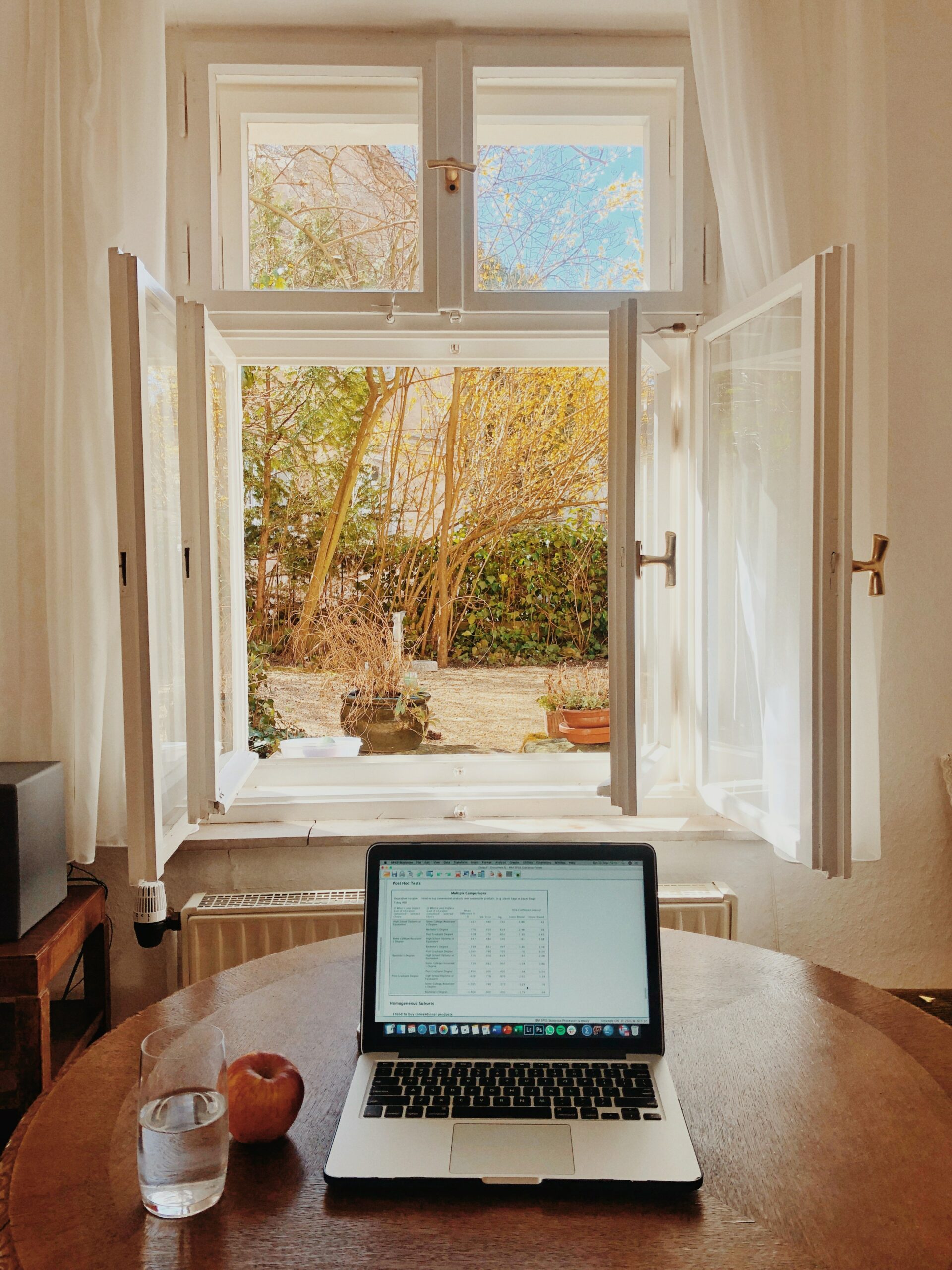
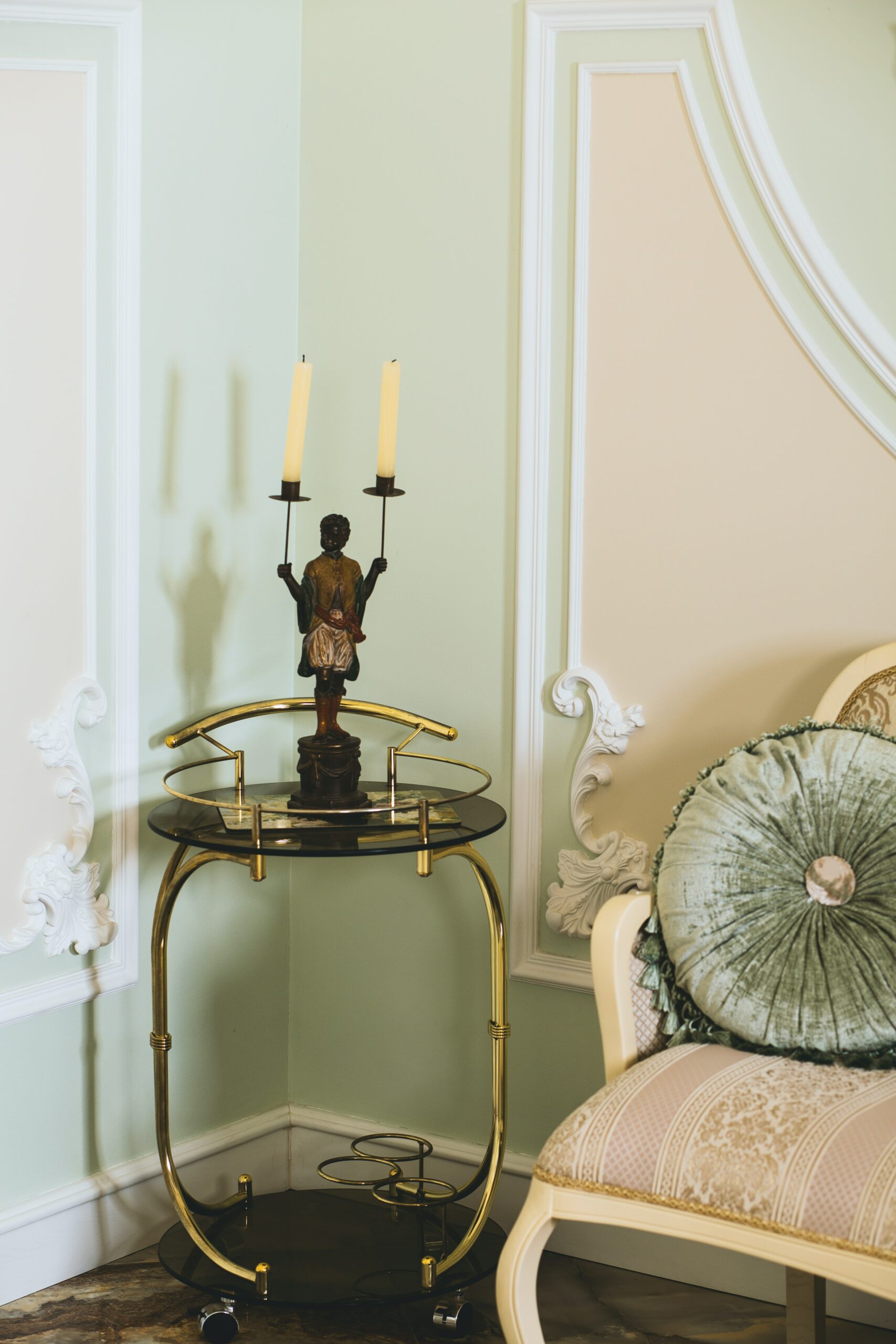
How would you have a chance to know under what conditions any one client thrives, relaxes, is efficient and/or vital as every one client differ with her/his own characteristics: does he/she prefer large, monumental areas, cozy dens, or sophisticated details?
The client might not be sufficiently aware to express the reflecting nature of her- of himself into that interior that make her/him feel at ease.
On this background of hidden conscious awareness, it surprises to what extend a client subjectively must involve her-or himself to achieve the greatest benefits of her near environment: He/She must apply her date of birth.
Applying the client’s date of birth is a knowledge transfer from another cultural sphere. The method is based on empirical observations and requires the involved party’s consciousness contributing to the interior design.
The time has passed, in the Western cultural sphere, where we could relate objectively to house types, furnishings, materials etc. However, the preconditions of relating objectively to our surroundings are destabilized.
How might our house types, furnishings, material choices etc. look like when the professional and the client involve heart, mind, and soul into the venture of designing interiors for inner sustainability?
Lived by for Millennials and Confirmed by Science
The drama we live in can be reduced to our dawning experience that there is no difference between the viewer and the viewed. But it is not actually ‘dawn’. It is a millennia-old realization that is described in the eldest texts we have on earth: the Vedas. And the experience is today confirmed by the natural sciences, e.g., advanced quantum mechanics.
“New and ground-breaking research results, make it possible to understand and deal with problems… that were previously beyond what humans could understand and influence“, Steen Hildebrandt writes in his book ‘Growth and sustainability’1.
On a tangible level, the generations before us collected empirical data so that the interior professional today can set-off her/his customized client-related interior by using schemes or calculations, methodology and processes, however, not without applying a holistic understanding as designed by an interior designer who includes personal development of resting in her/himself into her/his professionalism. The recognition of hidden processes creating the objectively visual interior, we use to lift the client’s vitality when staying in there.
Cosmologically confirming, we, inhabitants on Earth, since spring 2008, have the possibility to operate in an environment of higher consciousness. In details, interior professionals may build the interior to ease the transformation of thoughts and emotions leaving the inhabitant’s free will to possibly take actions founded on trust and joy.
” The more people there are on Earth, the more the amount of psychological waste grows. Not only does the amount of pollution in each individual grow – in the form of physical blockages – but the amount of projected psychological waste also grows. If population growth increases exponentially, then – one could say – the quantity of psychological waste (negative emotions, infantile substance, repressions, trauma) also grows exponentially.” – Steen Hildebrandt (translated to English from his book: Growth and Sustainability2).
Our interior design in particular affects us physically and mentally. Physically, any interior object directly strengthens or weakens the inhabitant’s immune system. Mentally refers to any inhabitant’s thoughts and feelings where an interior design may live up to criteria for inner sustainability: as a catalyst for greater joy.
The change in performing business is luckily supported by a changing market, demanding a personal home where the inhabitant’s own vibration supports her/him.
Thus, the market now experiences a demand for a lifestyle where we can express our higher selves. Searching magazines and on-line, headlines as follows are recognized by interior professionals:
- “Is spiritual home design the future? Experts says yes”3
- “Curating spaces for meaningful lifestyles” 4
- “Discover your design DNA and learn how you create your sense of home being” 5
The perspectives above oblige interior professionals to build interior environments where the authenticity between the inhabitant and her/his environment, is communicated via representations of objects, colors, patterns, and materials.
Natural Elements Support the Client Indoor

This is ’Gert’ (we do not know the models name as the photo origins from a free photo database).
Let’s imagine Gert is borne March 1969. Prolonged stay in all-white interior tires him. So much more in a Northern geography where the incoming light creates shades of grey or, in case of sunshine, blinds the eye.

However, adding light tones of ‘ivory’ or broken shades of white into the yellowish, vitalizes Gert. Alternatively, working with applied light in warm hues as e.g., 2700 Kelvin in combination with natural fresh air ventilation by open windows.
In such conditions, Gert may feel comfortable, stable, and relaxed. Consequently, he will be able to focus efficiently.
If, instead, we name the model, Burt and let him be born February 1971, he would prefer the white-greyish interior:

The millennia-old empiric observations used can be schematized like the following:
| Birth year | Element |
|---|---|
| February 17, 1969 – February 05, 1970 | Earth |
| February 06, 1970 – January 26, 1971 | Metal |
Connecting a person, for example, Gert or Burt, to an interior happens, amongst other thing, by choosing to bring the right mix of natural elements into the interior:

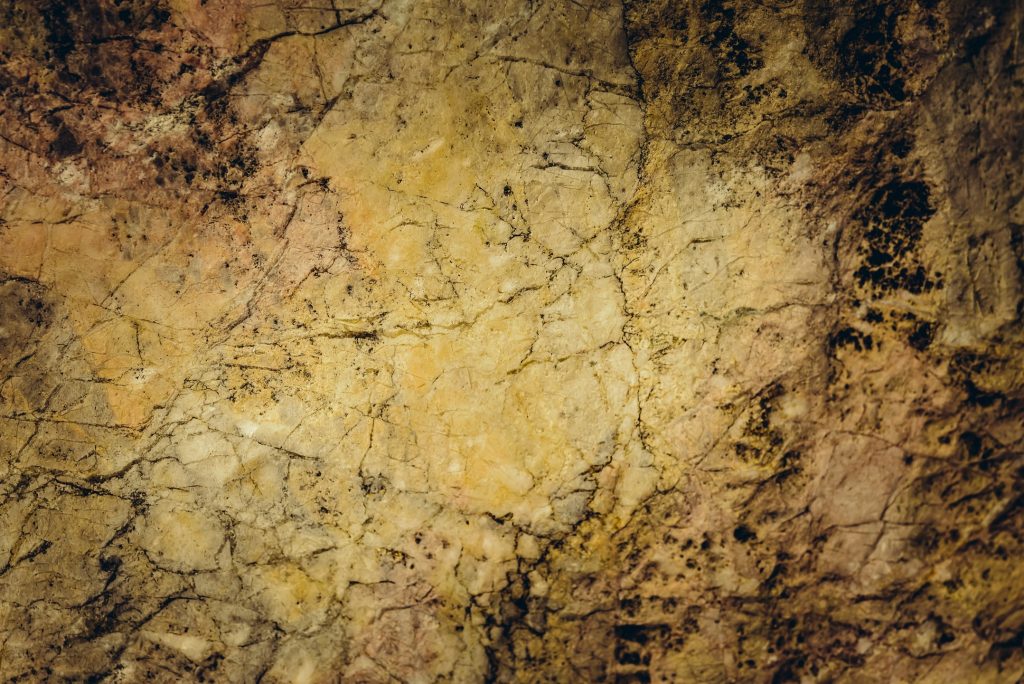
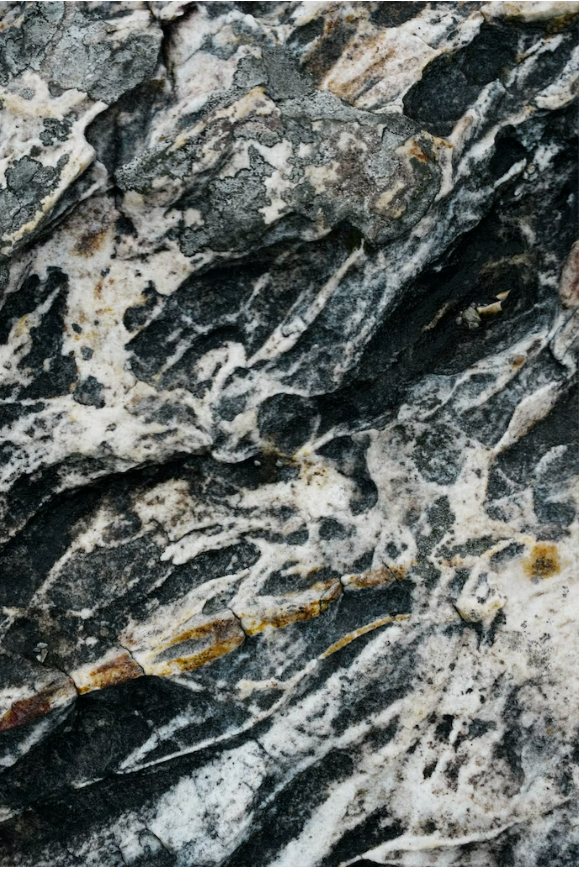


Walking in nature is a wellknown tool for balancing oneself when in need of vitalisation. Criterias for an inner sustained professional interior include that an indoor design manages to do the same: lift up the space-user’s vitality, overview, or even joy.
Your Observations
For example, the ’earthy’ Gert might enjoy the right mix of low furnishings with a strong horizontal line and fired earthenware in a light mix with other elements.
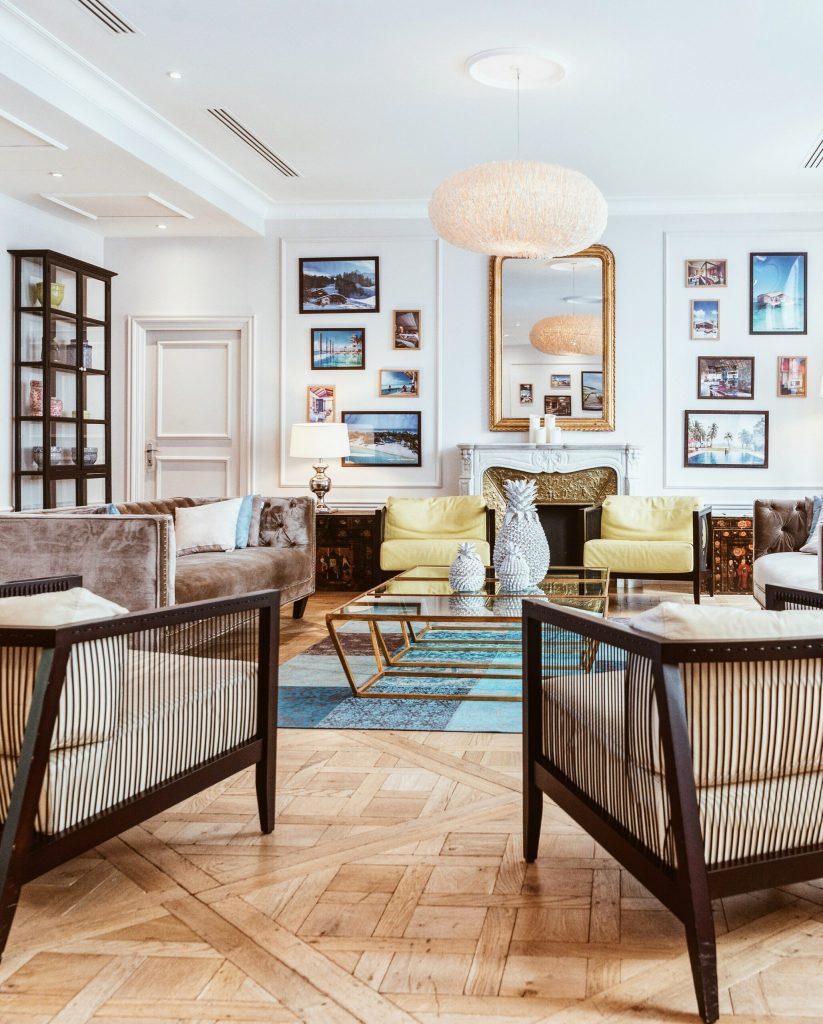
Whereas ‘metallic’ Burt might subconsciously prefer spacious halls with polished granite surfaces and orderly, straight lines eventually combined with brass fittings and armatures in a light mix with additional elements.
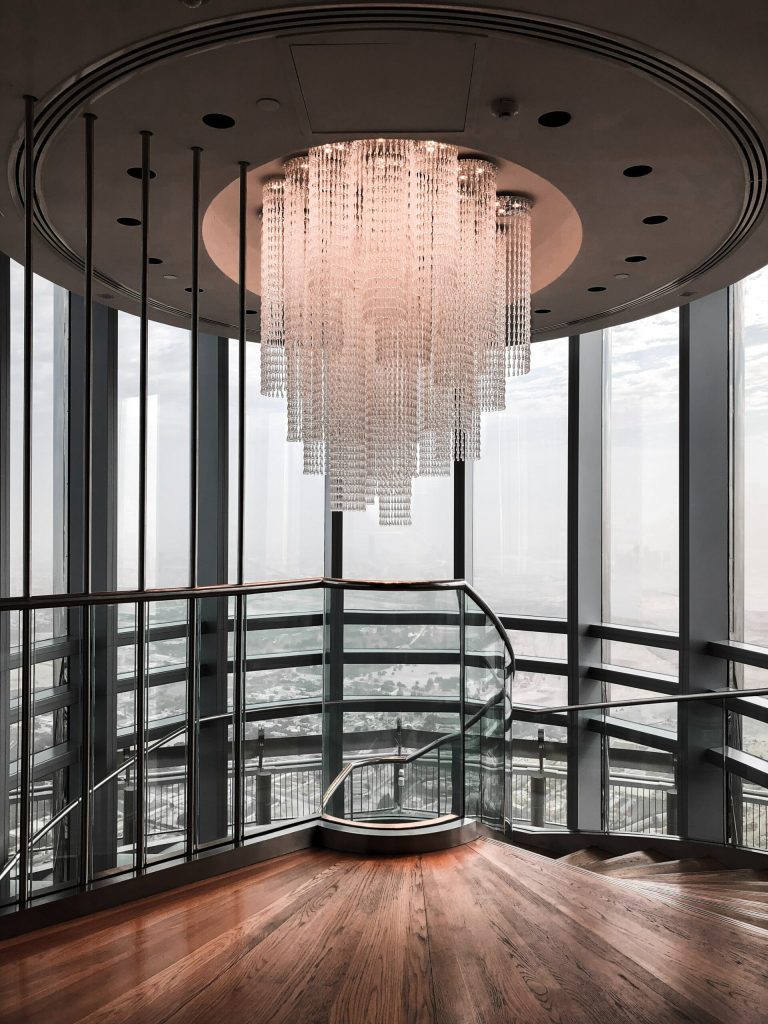
Your Tools
Please, you may observe your clients birth date and their elemental preferences and write back to me on my webpage: QiCurious.com. On the ‘Articles’ page you will find a comprehensive article including the birth year and related element in a scheme prepared for you to fill in crosses.
This might take you 5 minutes and you will contribute to an improved interior professionalism developing towards applied inner sustainability by letting your research contribution count.
Our Evaluations
Upon receiving a considerable number of entries, I will invite us all for an on-line meeting to evaluate all our findings and enlighten you on the tools and the findings.
During our meeting we will resume the process and I will introduce a few tools of how you might cross check the schematic entries.
‘AHA’-Experience
During our meeting, we might find it beneficial to recognize the differences about the type of interior we are leaving behind us and the type of inner sustainable interior criteria we are creating, adding to the already now well-known professionalism basing an interior on, for example, Stress Reduction Theory (SRT), Evidence Based Design (EBD) and other Quality of Life theories (QoL).
Tools for Cross-checking Entries
Some of the entries you perform might not agree with the schematic rows of birthdates and elements. Using only a discussion or a few questions to the client’s preferences, the client’s answer to which interior elements supports Her/him the most might be veiled under layers of hidden subconsciousness. It most often does.
Methods to cross check the schematic entries include kinesiology or using a ‘measure meter’ called a pendulum. Both methodologies can measure the finer frequencies of a human being. During the same meeting I intend to introduce you to both for you to find pleasure in either one.


Thank You for Being Curious
You might hereby have decided to contribute to an altered interior design professionalism including defining criteria for inner sustainability. Please receive my praise for your decision to pursue this on your own initiative.
1 Hildebrandt S. ’Vækst og bæredygtighed’, 2017 Libris
2 Hildebrandt S. ’Vækst og bæredygtighed’, 2017 Libris
3 https://www.thezoereport.com/living/is-spiritual-home-design-the-future-experts-say-yes 16-09-2021
4 https://www.instagram.com/allprace/?hl=en 23-08-2022
5 https://www.myhomebeing.com/ 23-08-2022
Read more here.
© Mechanical, photographic, or electronic reproduction of this document or parts thereof is prohibited without the Blissbode’s written consent.
